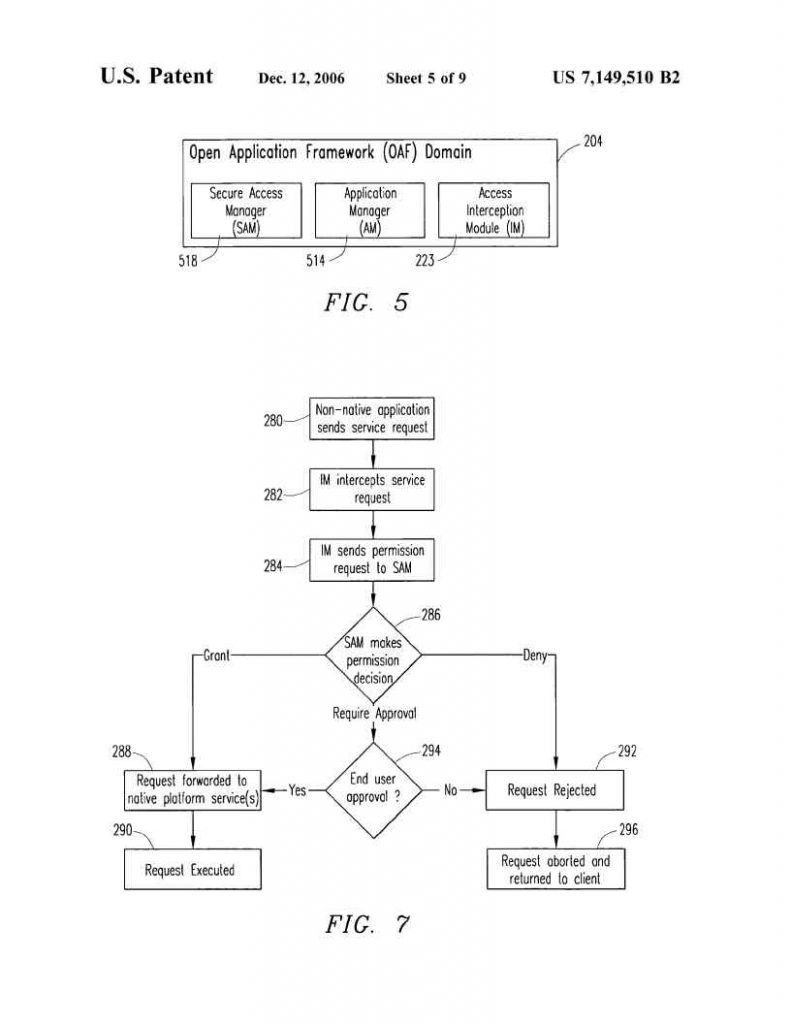 Uniloc sued LG Electronics in the United States District Court for the Northern District of California, alleging infringement of U.S. Patent No. 6,993,049. LG moved to dismiss Uniloc’s Complaint, arguing the claims of the ’049 patent are ineligible under 35 U.S.C. §101. The lower court granted LG’s motion, determining that the asserted claims are directed to an abstract idea and do not recite an inventive concept.
Uniloc sued LG Electronics in the United States District Court for the Northern District of California, alleging infringement of U.S. Patent No. 6,993,049. LG moved to dismiss Uniloc’s Complaint, arguing the claims of the ’049 patent are ineligible under 35 U.S.C. §101. The lower court granted LG’s motion, determining that the asserted claims are directed to an abstract idea and do not recite an inventive concept.
The ’049 patent is directed to a communication system comprising a primary station (e.g., a base station) and at least one secondary station (e.g., a computer mouse or keyboard). In conventional systems, such as Bluetooth networks, two devices that share a common communication channel form ad hoc networks known as “piconets.” Joining a piconet requires the completion of two sets of procedures, namely an “inquiry” procedure and a “page” procedure. The inquiry procedure allows a primary station to identify secondary stations and it allows secondary stations to issue a request to join the piconet.
The page procedure in turn allows a primary station to invite secondary stations to join the piconet. Together, it can take several tens of seconds to complete the inquiry and page procedures so that a device joins a piconet and is able to transfer user input to the primary station. Once a piconet is formed, the primary station “polls” secondary stations to determine whether they have data to share over the communication channel. Because many secondary stations are battery-operated, secondary stations may enter a “park” mode and cease active communications with the primary station to conserve power. A secondary station in parked mode remains synchronized with the primary station, but it must be polled before it can leave park mode and actively communicate with the primary station.
In conventional systems, primary stations alternate between sending inquiry messages to identify new secondary stations and polling secondary stations already connected to the piconet, including parked devices,to determine whether they have information to transmit. Therefore, under the conventional polling process, a secondary station could experience delays of tens of seconds both in initially joining a piconet and in transmitting data after entering park mode.
The specification explains that the invention improves conventional communication systems by including a data field for polling as part of the inquiry message, thereby allowing primary stations to send inquiry messages and conduct polling simultaneously.
Claim 2 of the ’049 patent, which is representative, recites:
A primary station for use in a communications system comprising at least one secondary station, wherein means are provided
- for broadcasting a series of inquiry mes-sages, each in the form of a plurality of predetermined data fields arranged ac-cording to a first communications protocol, and
- for adding to each inquiry message prior to transmission an additional data field for polling at least one secondary station.
The Federal Circuit held that the claims at issue are directed to a patent-eligible improvement to computer functionality, namely the reduction of latency experienced by parked secondary stations in communication systems.
The Federal Circuit stated that, like the claims in DDR Holdings v Hotels.com, the claimed invention changes the normal operation of the communication system itself to “overcome a problem specifically arising in the realm of computer networks.”